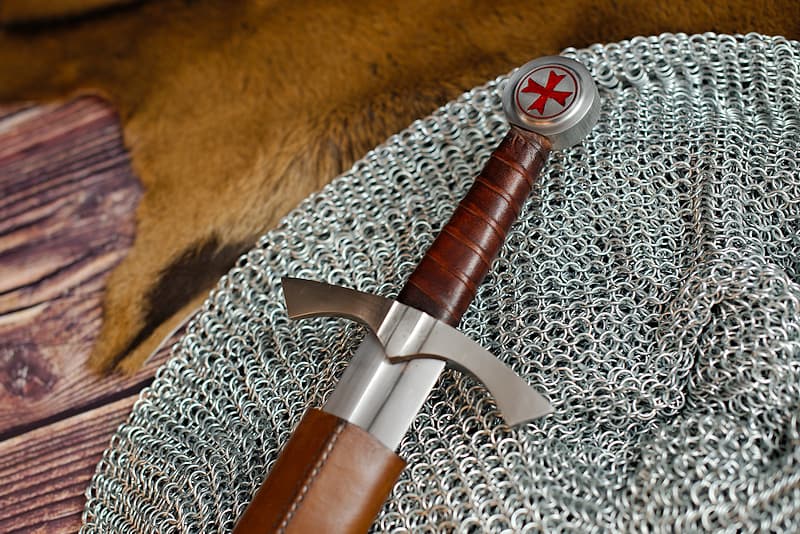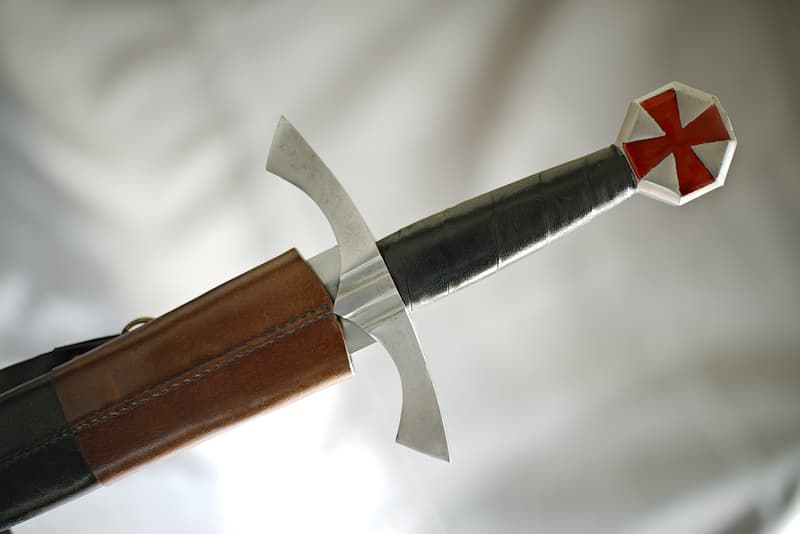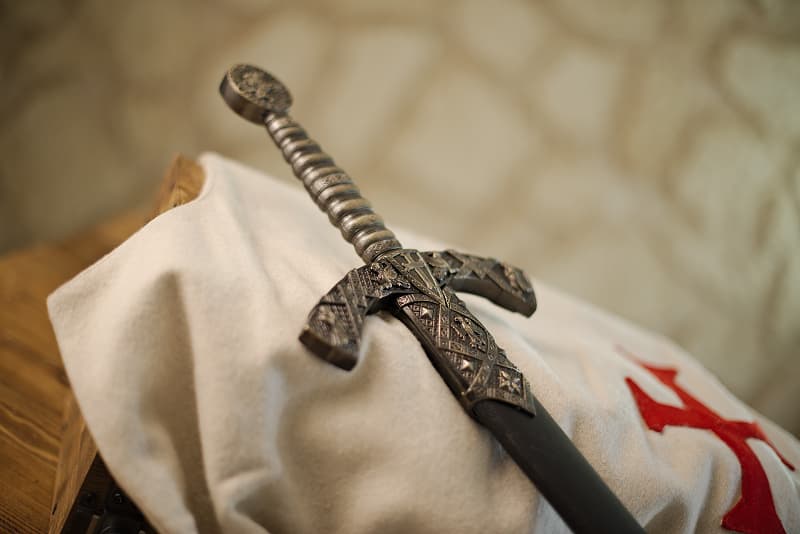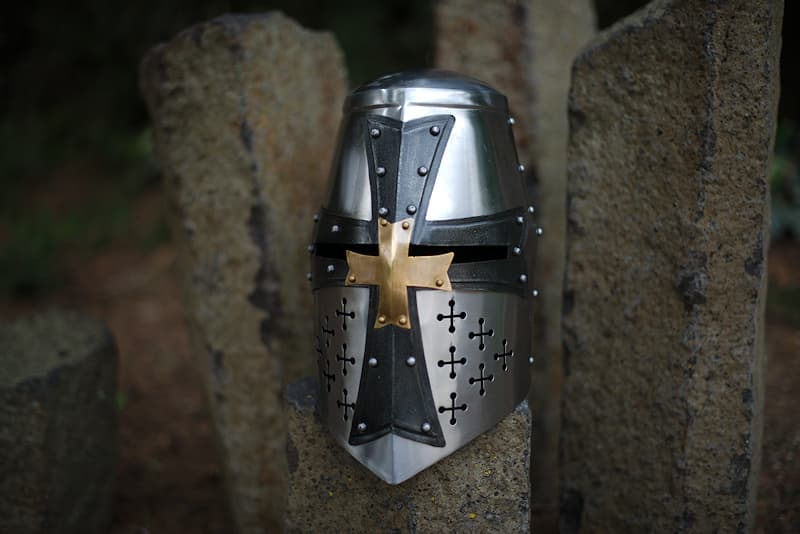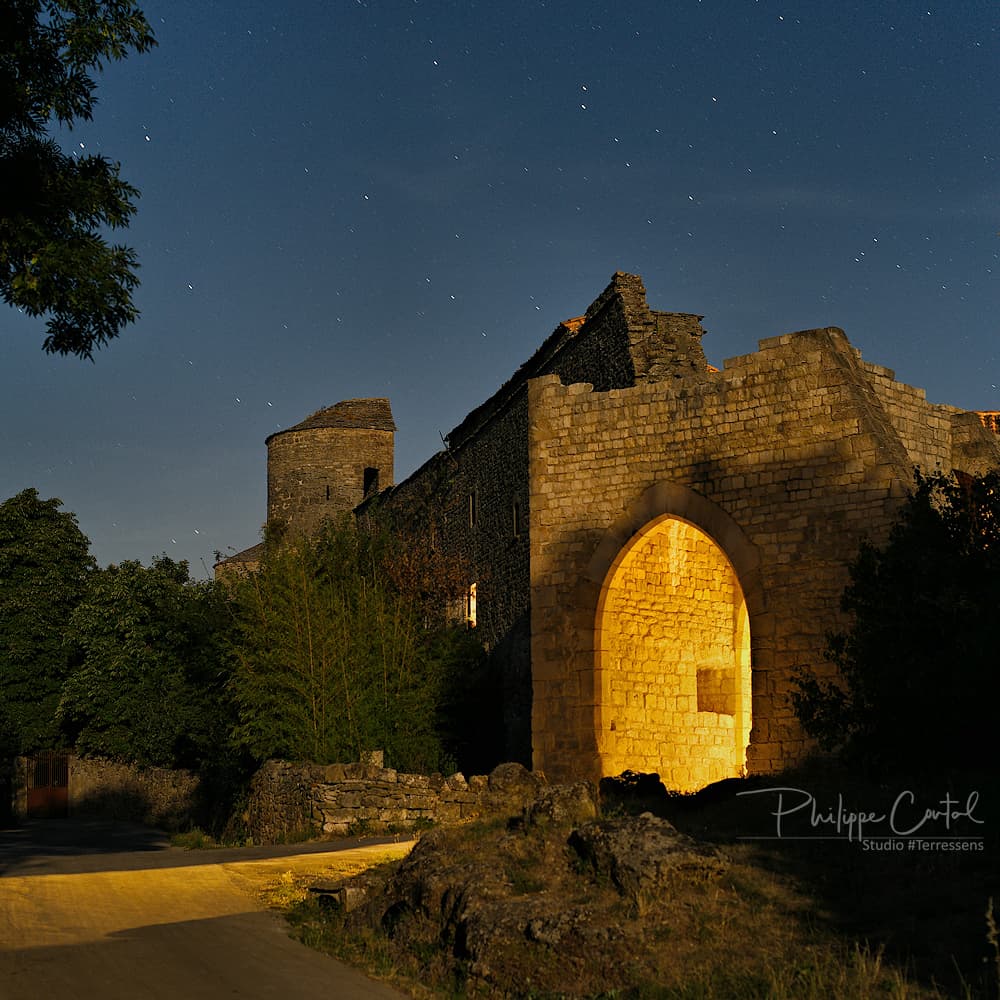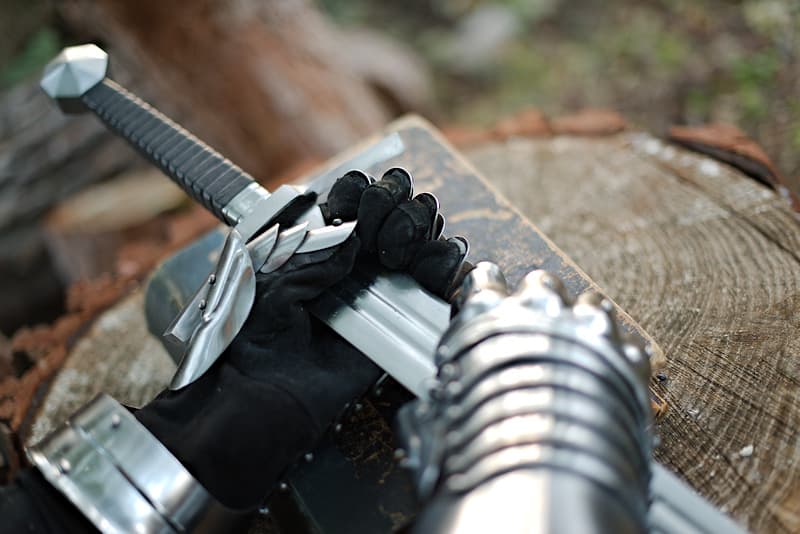💡 Did you know?
Atlit, the unassailable fortress
In the spring of 1218, at the height of the Fifth Crusade, the Temple's engineers settled on the narrow Atlit peninsula to build Château Pèlerin. The sea rock was cut like a quarry: three cylindrical shafts, some twenty meters deep, were cut into the rock, their walls lined with rubble stone and hydraulic mortar to capture the coastal aquifer without the intrusion of brackish water. At the same time, the builders dug at least six vast cisterns lined with waterproof plaster under the courtyard and in the basements. The terraces, roofs and walkways are connected to these tanks by a network of terracotta pipes, still visible today, designed to collect every drop of rain and filter it before storage.
The whole complex, completed by a small inner harbor protected from swells, provided fresh water not only for the knights, but also for the horses, kitchens and infirmary. The garrison - up to 4,000 men in the event of a siege - could thus hold out for months, even years, without land supplies. In 1220, and again in 1265, the Ayyubid and Mamluk armies were finally forced to break camp: the strategy of "thirst" was defeated by this simple yet visionary engineering. Château Pèlerin didn't fall until 1291, evacuated by sea when the entire Frankish coast had already collapsed, proving that in the Middle Ages, mastery of water was often better than the highest of walls.




